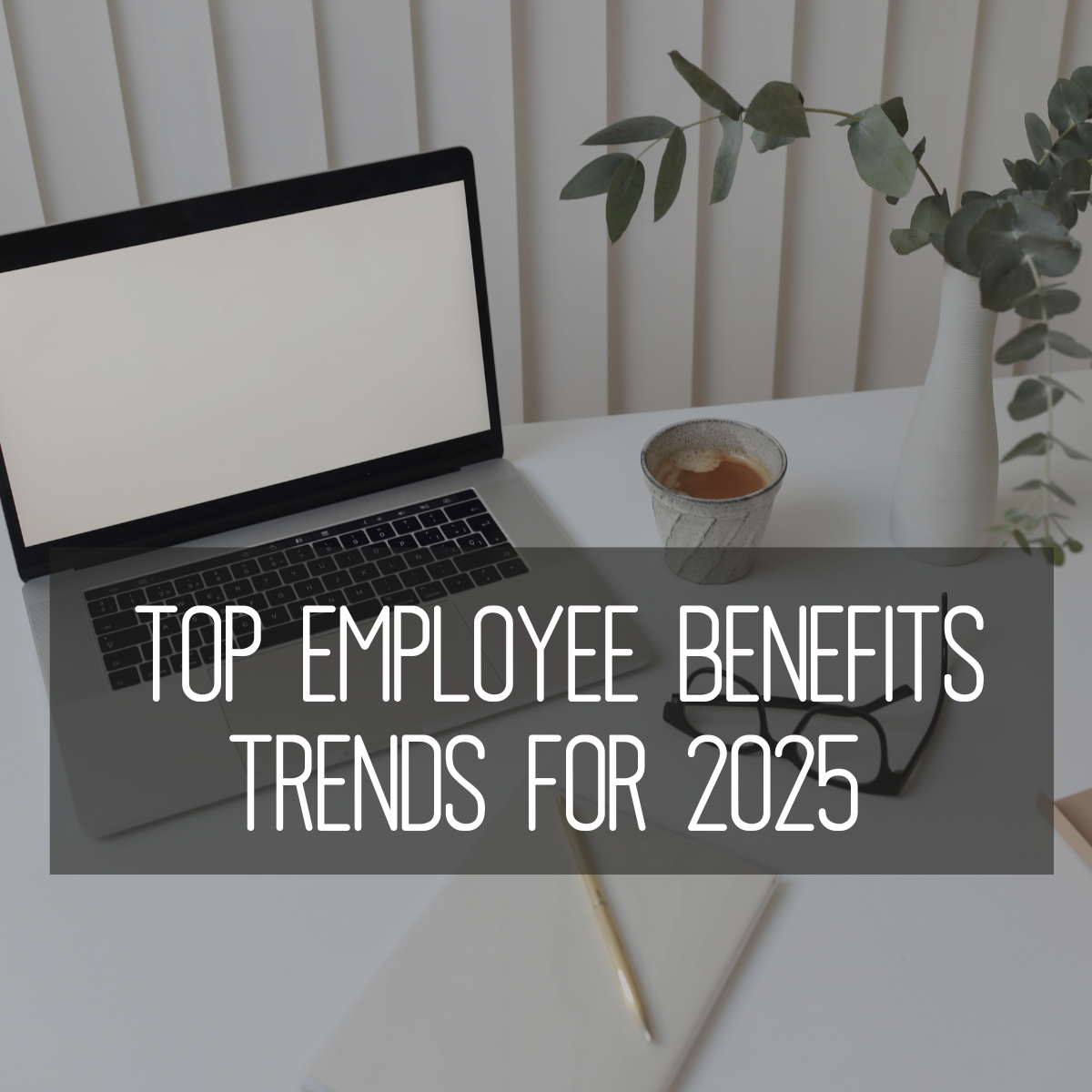Category: Employee Benefits

Supporting Your Workforce: The Value of Dependent Care Assistance Programs (DCAPs)
—
by
Want to attract and keep top talent? Your benefits package is crucial! Think beyond just health and retirement. Fringe benefits like Dependent Care Assistance Programs (DCAPs) offer real, meaningful support, especially for employees caring for kids or dependent adults. What is A DCAP? A DCAP – also known as a dependent care flexible spending account…

The Truth About FSAs: Facts, Myths, and Tips
—
by
Flexible Spending Accounts (FSAs) offer unique advantages for managing health and dependent care expenses, but they operate differently from standard savings or spending accounts. Below are five essential facts about FSAs, along with common myths and clarifications to help you make the most of this benefit. Key FSA Facts: Tax Advantages: A major perk of…

Breaking Down Your Benefits: Understanding Key Terms
—
by
Selecting the right health insurance plans for your family is a critical process that requires careful attention from start to finish. Navigating health insurance becomes much simpler when you understand its terminology. Making sense of these terms empowers you to better understand your costs, benefits, and even estimate the price of a doctor’s visit. Premium:…

Offering Family-Building Benefits
—
by
While there may be some overlapping challenges in the path to parenthood, how individuals build their family is ultimately unique to them. The pandemic has only added to the worries and challenges for people trying to build their families, as COVID-19 lockdowns kept potential parents and children separated, and most fertility treatments were stalled in…

Benefits 101: What Is Cancer Insurance?
—
by
The word “cancer” carries a weight that extends far beyond its medical implications. Beyond the physical and emotional toll, a cancer diagnosis can bring significant financial strain. While your primary health insurance will cover many treatment costs, there are often substantial out-of-pocket expenses that can quickly add up. This is where cancer insurance comes in.…

Voluntary Benefits: The Missing Piece of Your Compensation Puzzle
—
by
The Rise of Voluntary Benefits As healthcare costs increase, so does the demand for voluntary benefits. These optional benefits allow employees to select and pay for additional perks to meet their individual needs, especially in today’s diverse workforce. They’re also a valuable supplement to health insurance, particularly as healthcare expenses rise and affordability becomes a…

Creating a Family-Friendly Workplace: Offering Adoption Benefits
—
by
Adoption Benefits A growing number of employers are offering some form of adoption benefits as part of their employee benefits package. Advantages to offering this benefit, according to employers, include employee retention, equity in benefits for all employees and a positive public image. This article examines the types of benefits that are commonly offered, along…

Beyond Open Enrollment: Engaging Employees with Benefits
—
by
Most organizations treat employee benefits like a seasonal event. Open enrollment brings a flurry of activity – emails, seminars, and even benefits fairs. However, communication often dwindles after this initial push, leaving employees confused and underutilizing their valuable benefits. This is a missed opportunity. Research shows that employees crave more benefits education, spending hours researching…

Top Employee Benefit Trends for 2025
—
by
Employee benefits are the indirect and non-cash compensation paid to an employee. These benefits are given to employees over their salaries and wages. As we look ahead to 2025, companies are increasingly exploring innovative solutions to address the evolving needs of their workforce. Driven by shifts in work environments, economic challenges, and technological progress, the…

Your HSA: A Beginner’s Guide
—
by
New to a Health Savings Account (HSA)? Here’s What You Need to Know As the name suggests, a Health Savings Account(HSA) is a special savings account used to pay for healthcare-related expenses. An HSA has potential financial benefits for now and later. Not only can you save pre-tax dollars in this account to pay for qualified…









